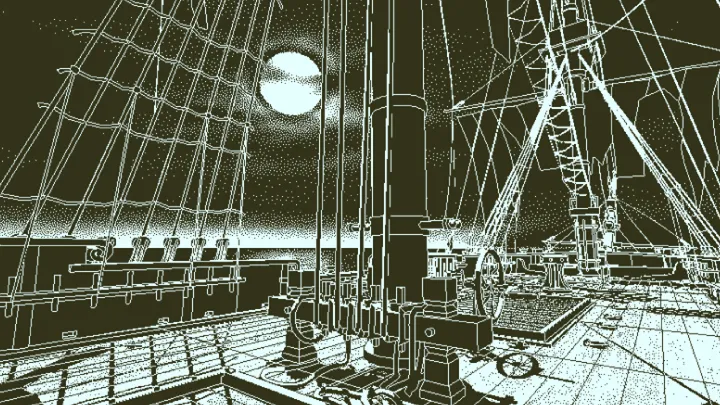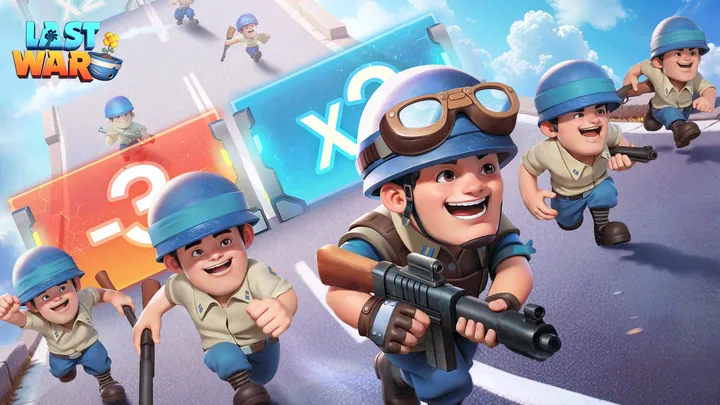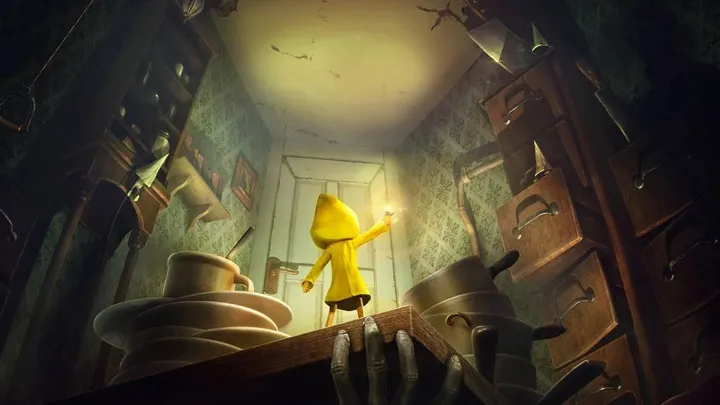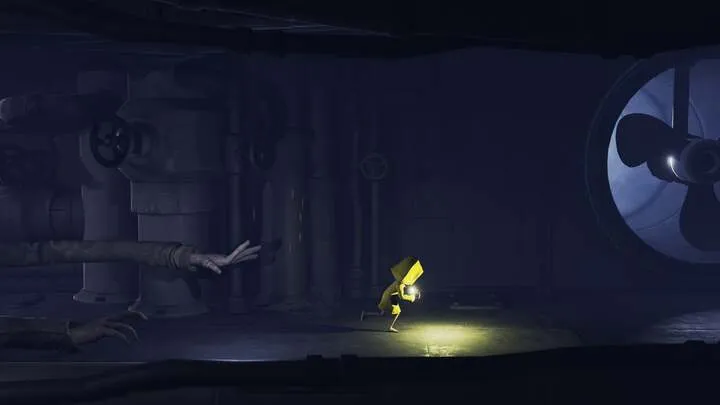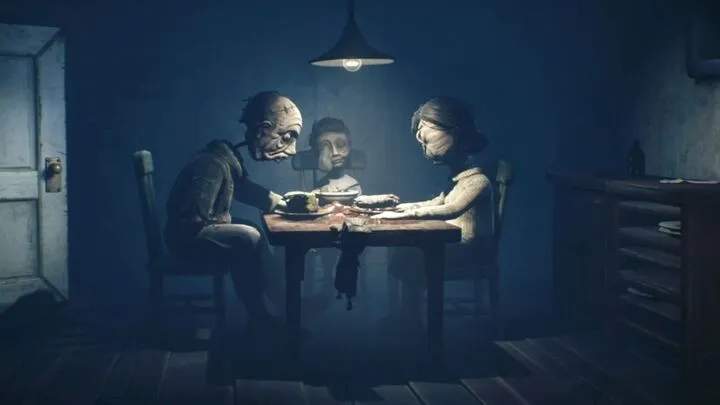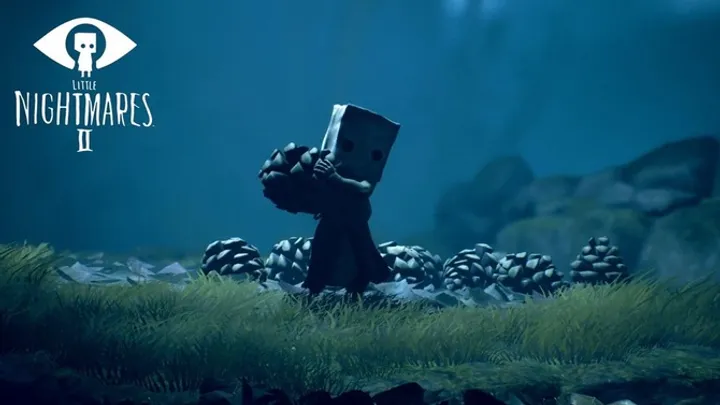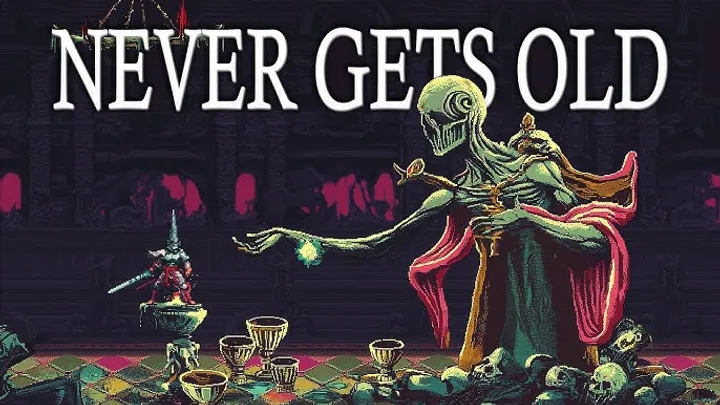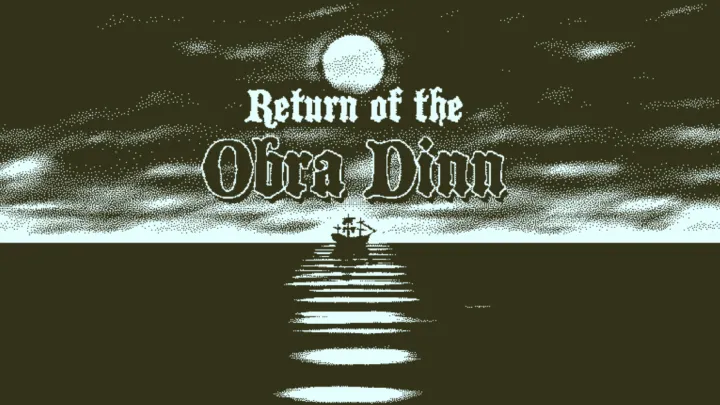
Return of the Obra Dinn, developed by Lucas Pope, has captivated players with its unique art style, immersive narrative, and complex deduction mechanics. Released in 2018, the game places players in the shoes of an insurance investigator tasked with uncovering the fate of a lost ship and its crew. The game's intricate storytelling and layered mysteries demand a keen eye for detail and a sharp mind for deduction. This article explores the core mechanics of investigation in Return of the Obra Dinn, focusing on how players can effectively piece together the narrative through observation, inference, and logical reasoning.
The Setting: A Mysterious Voyage
Introduction to the Obra Dinn
The Obra Dinn is a merchant ship that has returned to port under mysterious circumstances after being lost at sea for several years. Players are introduced to the ship’s eerie atmosphere, setting the stage for the unfolding mystery.
The Role of the Investigator
As an insurance investigator, players assume the role of the unnamed protagonist who must use a magical pocket watch to witness the moments of the crew's demise. This mechanic establishes a unique form of storytelling that blends exploration with narrative revelation.
- Magical Pocket Watch: The watch allows players to view the exact moments of death, presenting them with crucial clues to solve the mystery.
- Immersive Environment: The ship's design and the chilling ambiance contribute to the overall sense of intrigue and urgency.
The Mechanics of Investigation
Gathering Evidence
At the heart of Return of the Obra Dinn lies the process of gathering evidence. Players must meticulously explore the ship, examining each area and interacting with the environment to collect information about crew members and events.
The Importance of Observation
Observation is key to success in the game. Players must pay attention to visual and auditory cues, as well as the smallest details that can provide essential context.
- Environmental Clues: Items left behind, bloodstains, and the positioning of bodies can all offer insights into how events transpired.
- Dialogue and Actions: Listening to the conversations and observing the actions of crew members during their final moments reveal relationships and motives.
The Art of Deduction
Piecing Together the Narrative
Once players have gathered sufficient evidence, the next step is to piece together the narrative. This involves making connections between different events and characters to form a coherent understanding of what happened.
Logical Reasoning
Logical reasoning is essential for deducing the identities of the deceased and the circumstances surrounding their deaths. Players must analyze the evidence and draw conclusions based on their observations.
- Character Identification: Each crew member has unique traits, uniforms, and roles on the ship, which players must use to identify them correctly.
- Event Sequencing: Understanding the sequence of events is crucial for making sense of the timeline and the relationships between characters.
The Challenges of Deduction
Ambiguity and Misleading Clues
One of the unique challenges in Return of the Obra Dinn is the presence of ambiguity and misleading clues. Players may encounter evidence that appears to lead in one direction, only to find that it misleads them later.
The Risk of Assumptions
Players must be cautious about making assumptions based on incomplete information. Jumping to conclusions can lead to incorrect deductions, complicating the investigation process.
- Revisiting Evidence: The game encourages players to revisit previous scenes and re-evaluate their findings as they acquire new information.
- Self-Correction: Players are often required to adjust their thinking based on the evolving nature of the investigation.
The Role of Time in the Narrative
Non-Linear Storytelling
Return of the Obra Dinn employs a non-linear storytelling approach, allowing players to experience events out of chronological order. This mechanic adds depth to the narrative and enhances the complexity of deductions.
Flashbacks and Consequences
The use of flashbacks means that players can witness the same character in different contexts, revealing their motivations and relationships with others. Understanding these dynamics is crucial for accurate deductions.
- Temporal Layers: Players must consider how different events may influence one another across time, creating a rich tapestry of interconnected stories.
- Character Development: Observing how characters react to different situations helps players form a more nuanced understanding of their personalities.
The Emotional Weight of Discovery
Impactful Revelations
As players progress through the investigation, they are met with impactful revelations about the crew and the tragic events that unfolded aboard the Obra Dinn. These moments are not just plot points; they carry emotional weight that resonates with players.
Humanizing the Crew
Through deduction, players come to understand the lives, fears, and motivations of the crew members, making their fates all the more poignant.
- Empathy and Connection: The game encourages players to connect emotionally with the characters, enhancing the overall narrative experience.
- Moral Ambiguity: Many of the crew's decisions can be viewed through various moral lenses, prompting players to consider the complexities of human behavior.
Community Engagement and Theories
Player Discussions
The intricate nature of Return of the Obra Dinn has led to vibrant discussions within the gaming community. Players share their theories, deductions, and experiences, enriching the game's exploration.
Collective Problem-Solving
Online forums and communities have become platforms for players to collaborate on solving the game's mysteries. This engagement deepens players' appreciation for the game’s design and storytelling.
- Theories and Speculations: Players often propose different theories regarding character motivations and narrative connections, fostering a sense of camaraderie.
- Shared Experiences: Discussing individual journeys through the game allows players to gain new insights and perspectives.
The Design of Clarity and Complexity
Visual Clarity in Art Style
Return of the Obra Dinn’s distinct art style contributes to its clarity and complexity. The monochromatic palette and detailed pixel art create a unique atmosphere that enhances player engagement.
Navigating Complexity
Despite its simplicity in visual design, the game is rich in complexity. Players must navigate through layers of information, requiring careful attention to detail.
- Intuitive Interface: The game’s interface and mechanics are designed to facilitate exploration and deduction without overwhelming players.
- Visual Storytelling: The art style itself tells a story, inviting players to immerse themselves in the world of the Obra Dinn.
Conclusion
Return of the Obra Dinn stands as a masterclass in storytelling and deduction mechanics within the gaming landscape. The game challenges players to engage deeply with its narrative through careful observation and logical reasoning. As players unravel the mysteries of the Obra Dinn, they experience not only the thrill of discovery but also the emotional weight of the characters’ fates. This intricate dance between deduction and storytelling ensures that Return of the Obra Dinn remains a memorable and thought-provoking experience for players.
